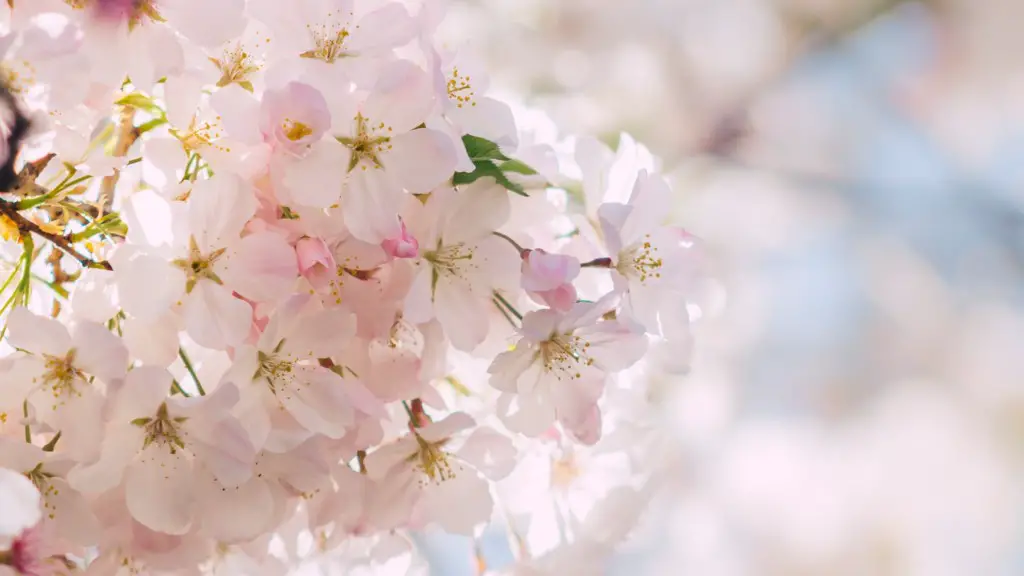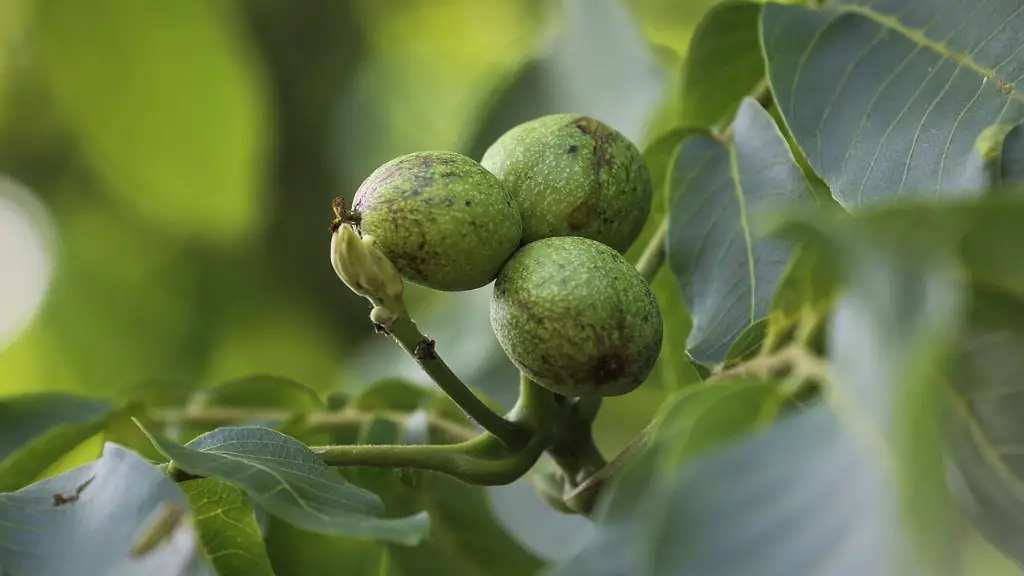Before Planting
Sour cherry trees are a great addition to any garden. They produce tart, juicy cherries that can be used for baking or simply eaten off the tree. If you are thinking about planting a sour cherry tree, there are a few things you should know before you start.
Firstly, it is important to pick the right location for your tree. Sour cherry trees prefer full sun and well-drained soils. Planting a tree in an area that is too shady or has poor drainage can cause a significant decrease in fruit production. Additionally, you will want to make sure that your tree is not exposed to any strong winds, as this can damage the branches.
Before you plant your tree, make sure that the soil is well-prepared. Test the soil to ensure it is not too acidic or alkaline by using a soil pH test kit. If necessary, you can adjust the pH by adding lime to make it more alkaline or sulfur to make it more acidic. You should also amend the soil with compost or other organic materials to provide the tree with the nutrients it needs to thrive.
Finally, it’s important to pick the right variety of sour cherry tree. Choose a variety that is appropriate for your climate zone and consider the size and growth habit of the plant. Some varieties are self-fruiting, meaning they will produce fruit without the need for a pollinator. This can be a great option if you don’t have room for two trees.
Planting a Sour Cherry Tree
Once you have chosen the perfect spot for your tree and made sure the soil is well-prepared, you can begin the planting process. To start, dig a hole that is about twice as wide and slightly deeper than the root system of the tree. If the tree is in a container, remove it carefully and gently loosen the roots.
If the tree is bare-root, spread the roots out in the hole to ensure they are all fit snugly in the hole. Place the tree in the hole and backfill with soil. Once the hole is filled, give the tree a good watering to settle the roots and soil.
Once the tree is planted, prune off any damaged or broken branches and use a stake to help support the tree if necessary. Sour cherry trees tend to be relatively low-maintenance and usually only require occasional pruning and fertilization.
Sour Cherry Tree Care
Once your sour cherry tree is planted, it will require regular maintenance to ensure it produces a good crop of cherries each year.
Start by providing your tree with a regular watering. Sour cherry trees need up to an inch of water each week, so be sure to keep an eye on the soil and water when necessary.
You should also fertilize your tree once a year in the spring. Choose a fertilizer formulated for fruit trees, and follow the instructions on the package.
Finally, it’s important to prune your tree regularly to encourage good fruit production and to keep the tree healthy. Remove any dead branches or suckers and thin out crowded branches. This will help to improve air circulation and reduce the risk of disease.
Harvesting Sour Cherries
Once your sour cherry tree is established and producing fruit, it’s time to start harvesting. Sour cherries are typically ready to pick in late July or early August, depending on the variety and climate. The best way to tell when a cherry is ripe is to taste it, as they should be sweet and tart.
Before you start harvesting, make sure to gather the right supplies. A cherry pitter can make the job easier and faster, but you can always use a knife instead. You will also want to have a bucket or basket on hand to collect the cherries as you pick.
When picking sour cherries, you should also be careful not to damage any of the branches. Check each branch thoroughly to ensure you don’t miss any ripe cherries and be gentle when picking them off the tree.
When you are finished harvesting, you can use your freshly picked cherries in a variety of recipes or can them for future use.
Preventing Pests and Diseases
Sour cherry trees are relatively hardy and can tolerate a range of climates. However, there are a few pests and diseases to keep an eye out for.
One of the most common pests is the cherry fruit worm. These worms feed on the fruit and cause it to rot. To prevent these worms from attacking your tree, be sure to remove any fallen fruit from the ground and dispose of it in the trash. You can also use a pest control product to help keep the worms away.
The other common issue with sour cherry trees is the disease fire blight. This disease causes the leaves and stems of the tree to wilt and turn black. To prevent this disease, make sure to provide your tree with enough water and keep the foliage dry to prevent the spread of the disease.
Cultivation and Propagation
If you are looking to expand your sour cherry tree collection or simply propagate your tree for a friend or family member, there are several methods that you can use.
Sour cherry trees can be grown from seeds, which is an easy and affordable method. Start by soaking the seeds overnight in warm water and then lay out on a paper towel to dry. Once dry, you can plant them in seed starting trays, making sure they get enough light and water.
If you want to propagate an existing tree, you can use the layering method. Find a low-hanging branch on the tree and lightly scrape off the bark, then bury the branch in the soil and anchor it down with a rock. This technique works best when the tree is in full bloom.
Alternatively, you can take cuttings from an established tree and root them in soil or water. It is best to take the cuttings in the late spring or early summer when the tree is in full bloom. Be sure to use a sharp, sterile knife when taking the cuttings and move them to soil or water quickly to avoid drying out.
Harvesting and Storing Sour Cherries
Once you have successfully grown your sour cherry tree, you will need to know how to harvest and store the fruit.
Start by checking the cherries to make sure they are ripe. Gently press the cherry with your thumb – it should give slightly when ripe. Once they are ripe, you can start harvesting by gently picking the cherries off the tree.
When it comes to storing the cherries, you can keep them in the refrigerator for up to two weeks. Alternatively, you can freeze them for up to six months or can them to enjoy later in the season.
Conclusion
Planting and caring for a sour cherry tree can be a rewarding experience, as you can enjoy the fresh and tart cherries throughout the summer months. By following the steps outlined above, you can successfully plant and care for your sour cherry tree and reap the rewards for years to come.


